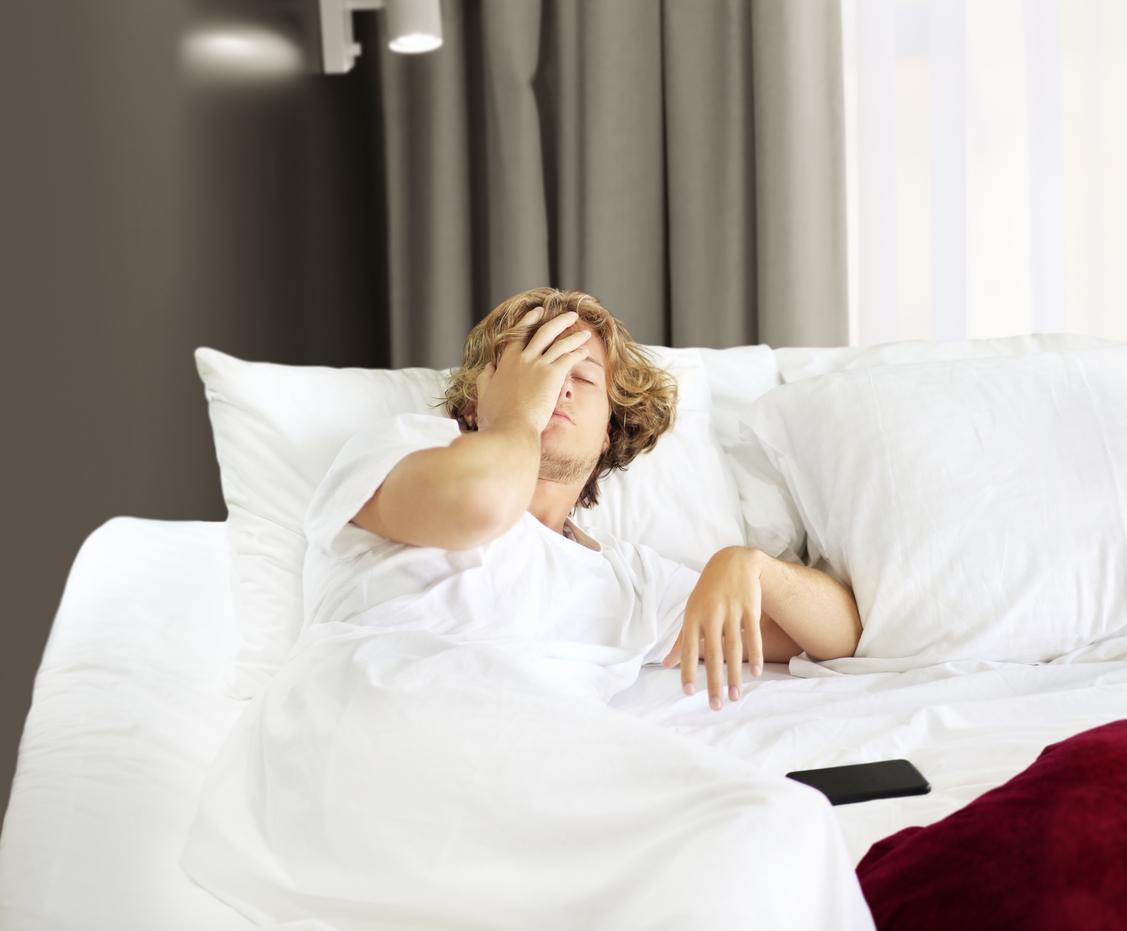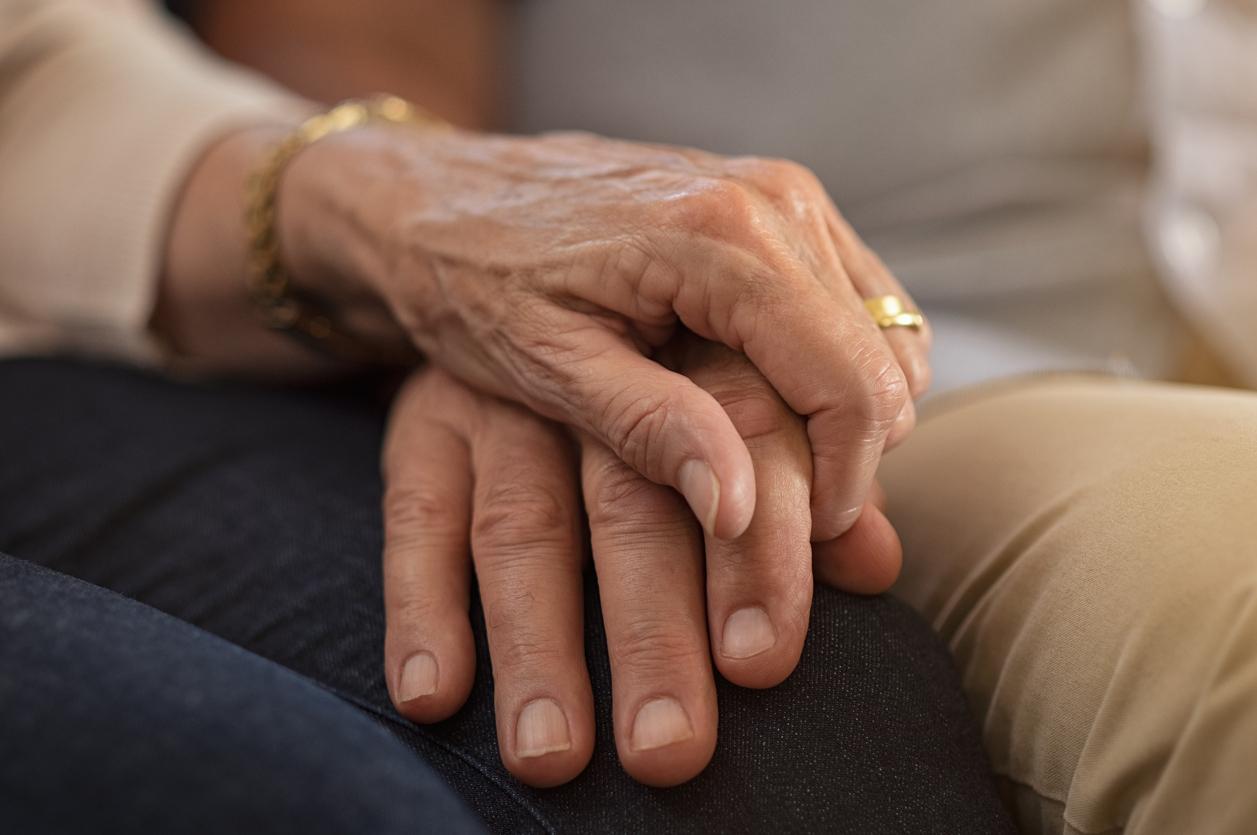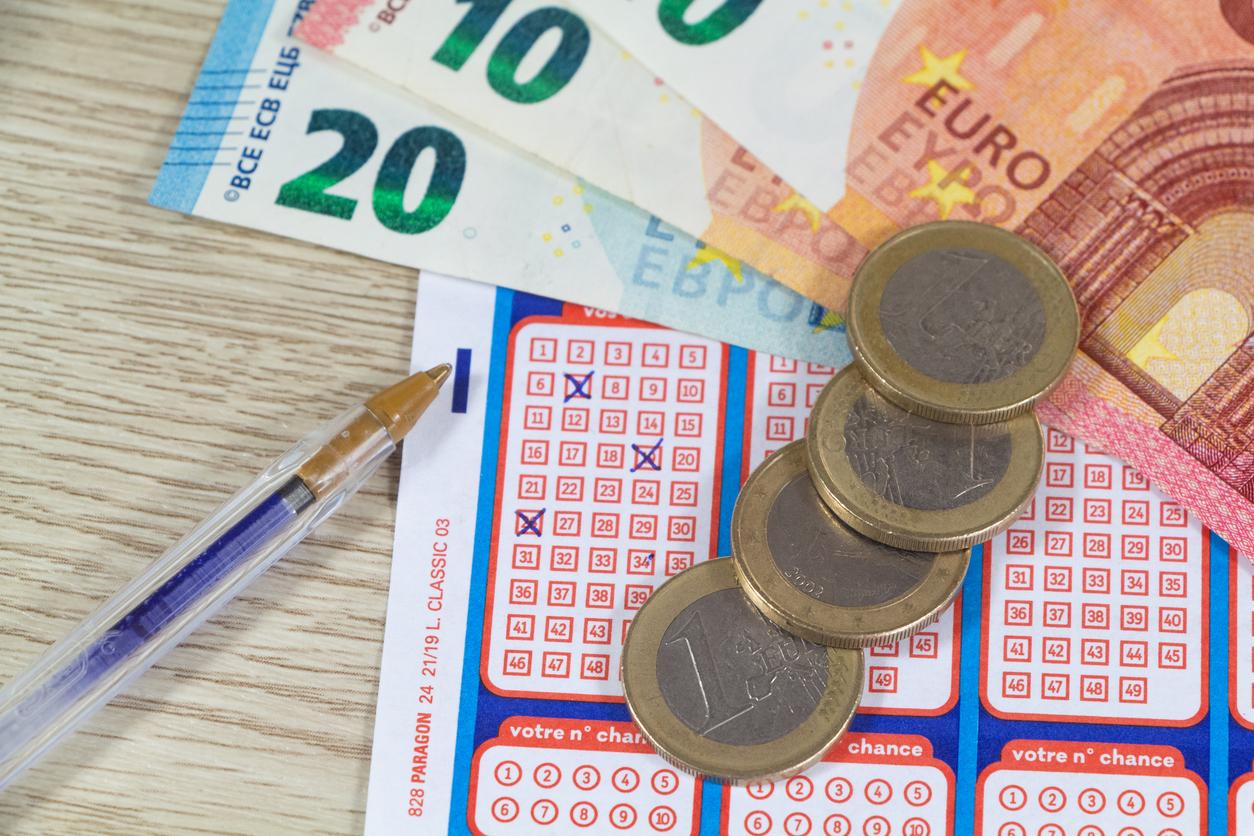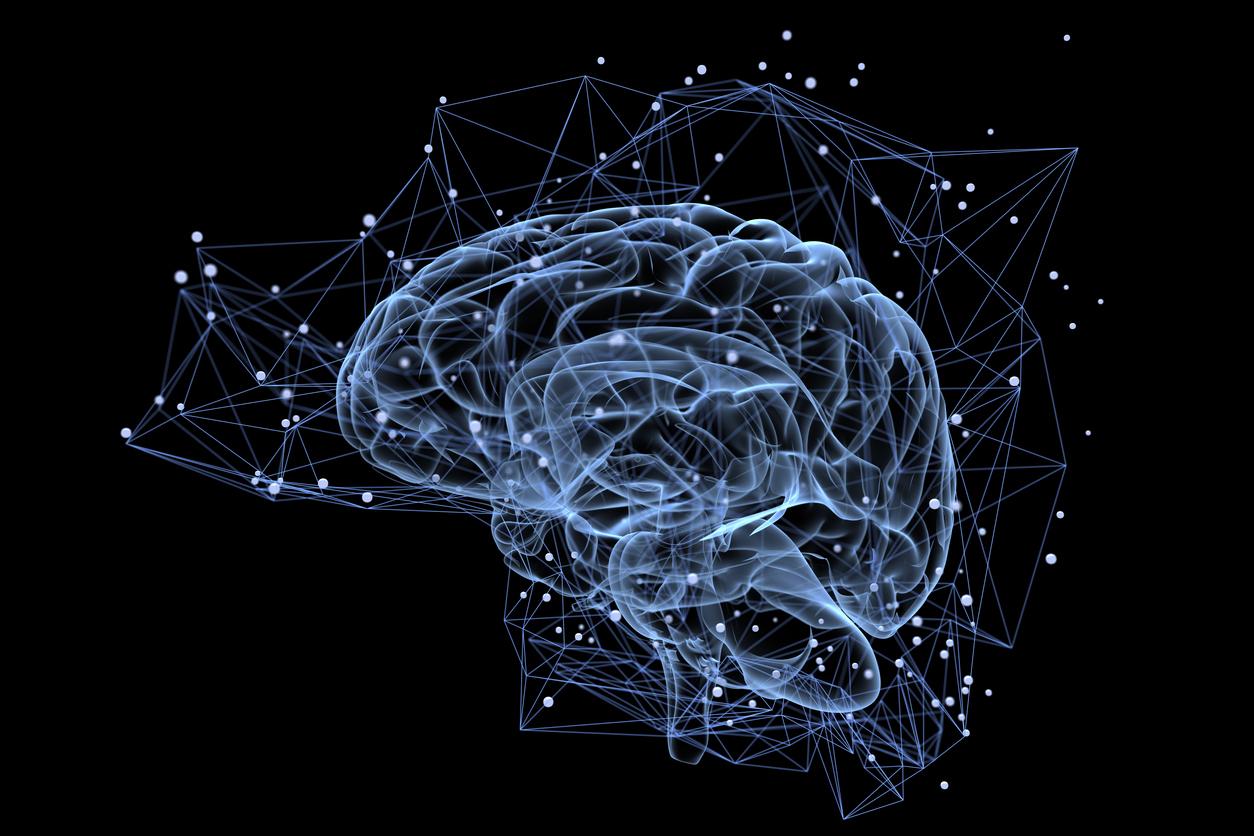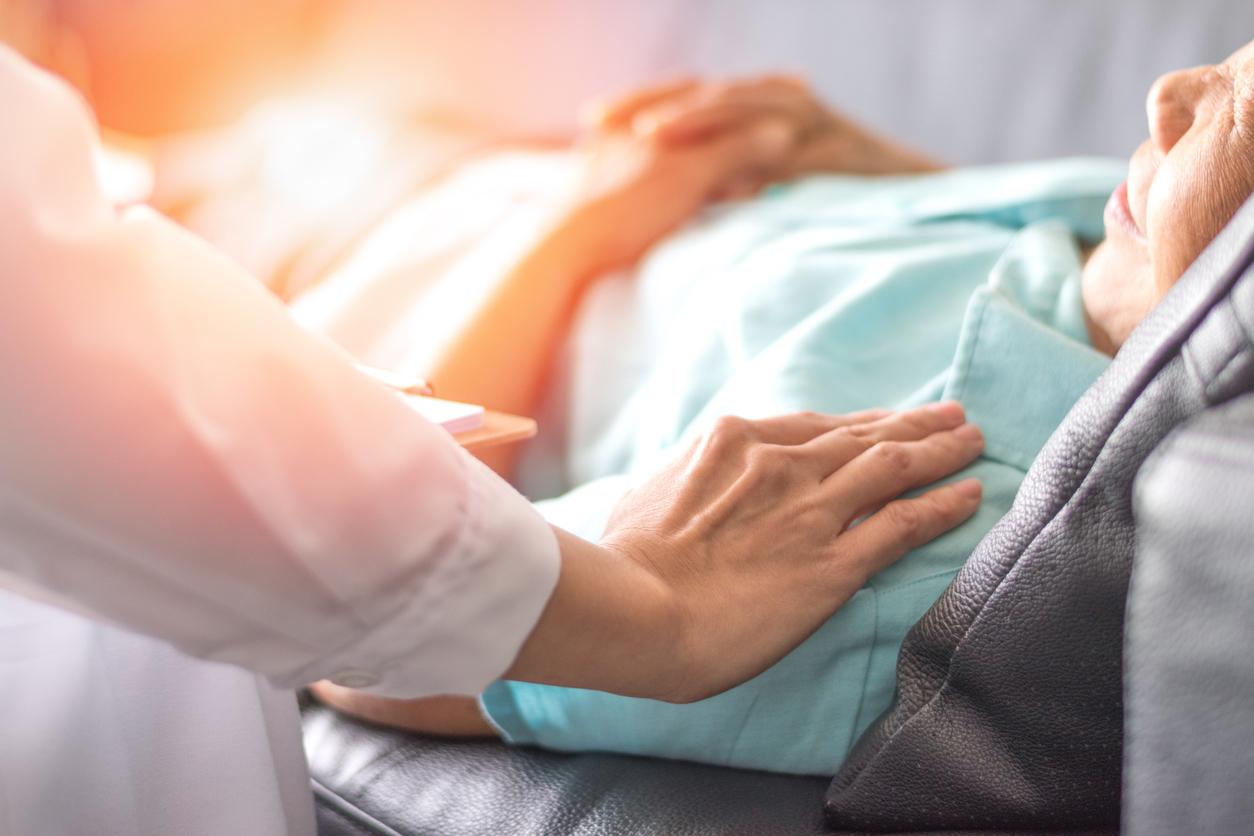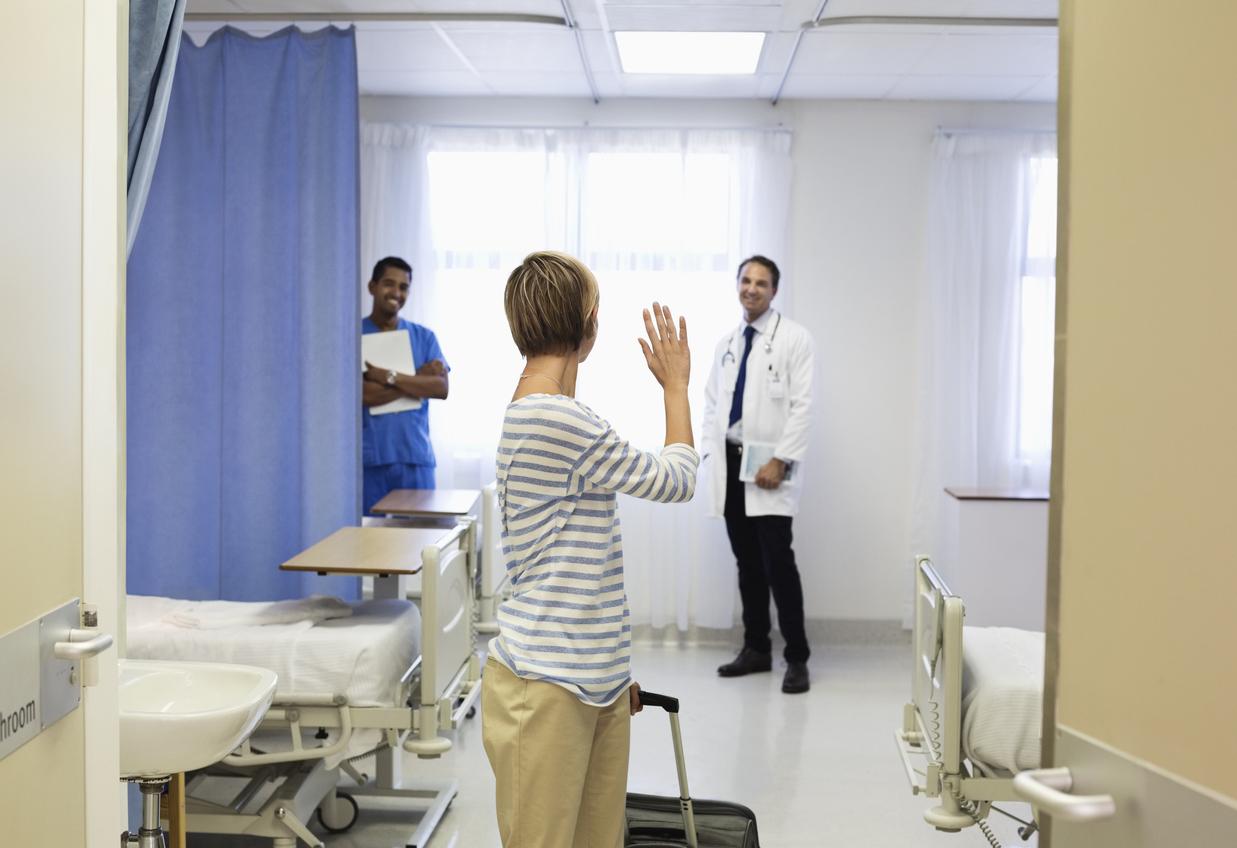In the United States, the massive intake by adolescents of these drugs to treat anxiety is becoming worrying.
-1577095178.jpg)
Anything taken in excess is harmful to health, especially medication. A national study co-authored by researchers at Rutgers University in New Jersey (USA) is sounding the alarm about the sharp increase over the past ten years in the number of adolescents who have overdosed on benzodiazepines, a common anxiolytic. According to the study, published in the journal Clinical Toxicologythe number of cases of adolescents aged 12 to 18 reported to the US Poison Control Centers increased by 54% between 2000 and 2015.
Intentional abuse on the rise
Analysis of 296,838 cases of exposure to benzodiazepines in young people under the age of 18 revealed that while cases of exposure in children under the age of 6 have decreased, the rate of exposure of adolescents has increased from 17.7 cases per 100,000 children in 2000 to 27.3 cases per 100,000 children in 2015. Researchers from different institutions collected data from the National Poison Data System. The figures also show an increase in cases of intentional abuse, which accounted for almost half of all exposure cases reported in 2015 under misuse or suicide attempts.
For Diane Calello, executive director and medical director of the New Jersey Poison Control Center and one of the report’s authors, “while a benzodiazepine overdose is not usually fatal, the study shows an increase in the number of adolescents consuming a or more additional substances, which increase the severity of effects, including death or life-threatening symptoms that affect long-term health.”
Of great concern is that approximately 70,000 children present to the emergency room each year due to drug overdose, and nearly 12% of these visits require a hospital stay. Diane Calello attributes poisoning cases in adults and children to greater availability of prescription drugs.
The Benzodiazepine Problem
“These findings are related to the increase in benzodiazepine prescriptions in the United States over the past decade. Medical providers should be aware of the increased prevalence of benzodiazepine exposure to help limit unnecessary prescribing. Parents and caregivers should be counseled on the proper use, storage and disposal of these high-risk medications,” says Diane Calello.
Benzodiazepine dispensing should be taken seriously, as recent research shows that adolescents who use substances exhibit abnormal brain function related to brain structure volume, white matter quality, and task activation. cognitive.
Benzodiazepines have a strong calming effect on the central nervous system. Therefore, they are prescribed for people with anxiety, post-traumatic stress disorder, insomnia, panic attacks, seizures, and other mental health issues. Despite the high likelihood of addiction, it is commonly prescribed in the United States. In addition to using the drug for medical reasons, teenagers often misuse it and eventually become addicted to it. They are also likely to remain addicted to it as adults.
Even alone, the drug is highly addictive. Teenagers exacerbate the effects by using it in combination with alcohol and marijuana. One of the most serious effects of benzodiazepine abuse in adolescents is anterograde amnesia, caused by the consumption of a large amount of this drug. Affected teenagers have a “black hole” period, ie a loss of memory during which they do not remember the period in question. Although different from loss of consciousness, it leaves them vulnerable to a wide range of dangers.
Other effects include depression, mood swings, aggression, blurred vision, poor performance at work and school, muscle cramps, headaches, poor memory, and drug addiction. other substances.
.










